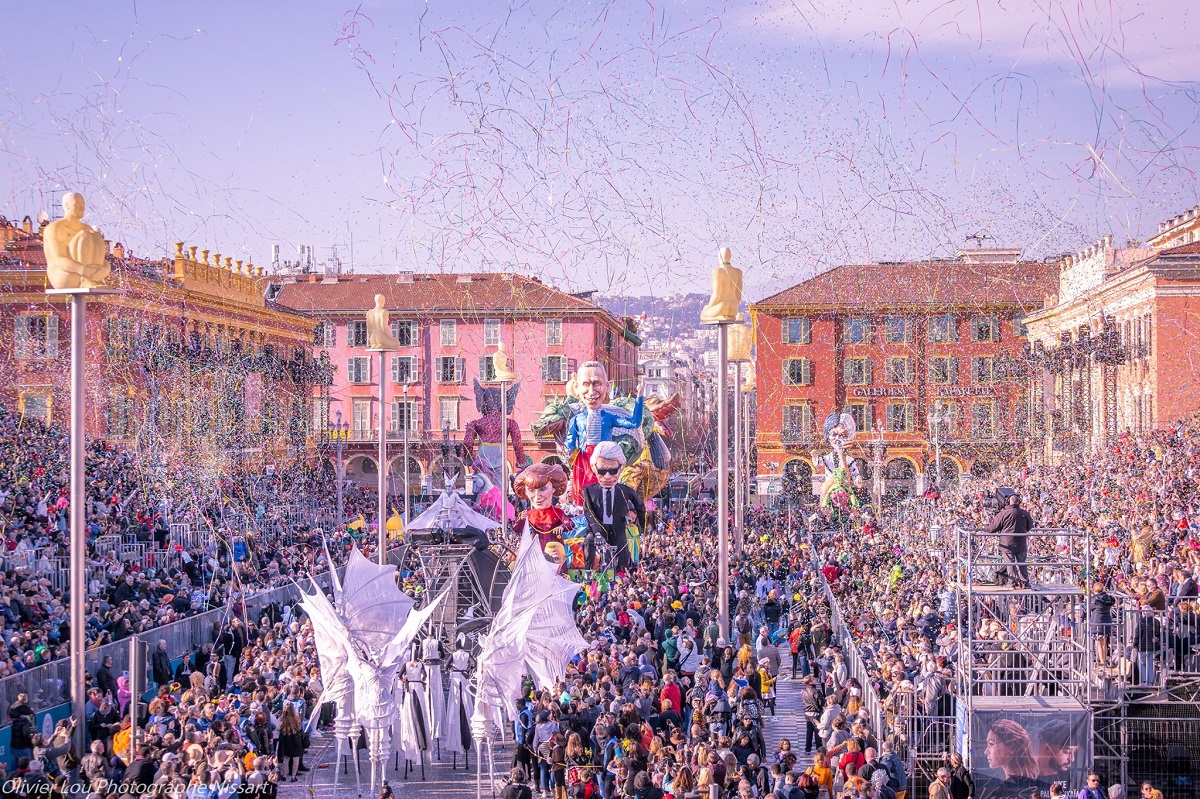The Carnival of Nice begins this Friday and it’s going to be a big one as the city’s favourite winter event celebrates its 150th official anniversary, but it’s been around a lot longer than that…
Every February for two weeks, the streets of Nice are transformed into vibrant, colourful spaces filled with thousands of dancers, floats and music. This year, the party begins on Friday 10th and runs until Sunday 26th February, when a huge closing ceremony – free of charge for whoever wants to share in the celebrations – will take place.
The theme in 2023 is the King of the World’s Treasures and alongside the king and his queen, countless legends will be honoured with a float, such as Medusa, the Gardens of Babylon and Pachamama.
A history of the Nice Carnival
The Carnival we recognise today came about thanks to one Andriot Saëtone who set about establishing a festival committee in early 1873 and organised a vast show of processions and entertainers with the carnival’s celebrated creator Alexis Mossa, the first in a longline of “ymagiers”. But that’s centuries later than the true origins.
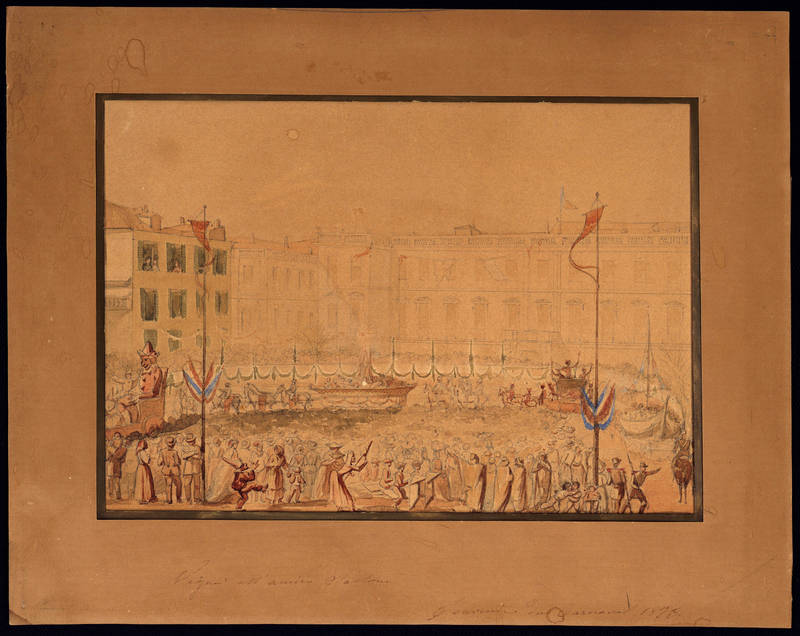
As far back as 1294, Charles of Anjou, the Count of Provence, mentionned visting the city of Nice to revel in its “joyous days of Carnival”. By the 1830s, this had become a major feature for the Niçois populace, and Charles-Félix, the then King of Piedmont-Sardinia was honoured with a dedicated carnival event on the Cours Saleya during his winter séjour in the city.
One of the Carnival’s longest traditions is the ‘Berner Lou Paillassou’, which symbolises the erasing of worries from the past year by tossing a puppet up into the air with a bedsheet. Those who have experienced this tradition in recent years include figurines of Donald Trump, Jacques Chirac and Gérard Depardieu.
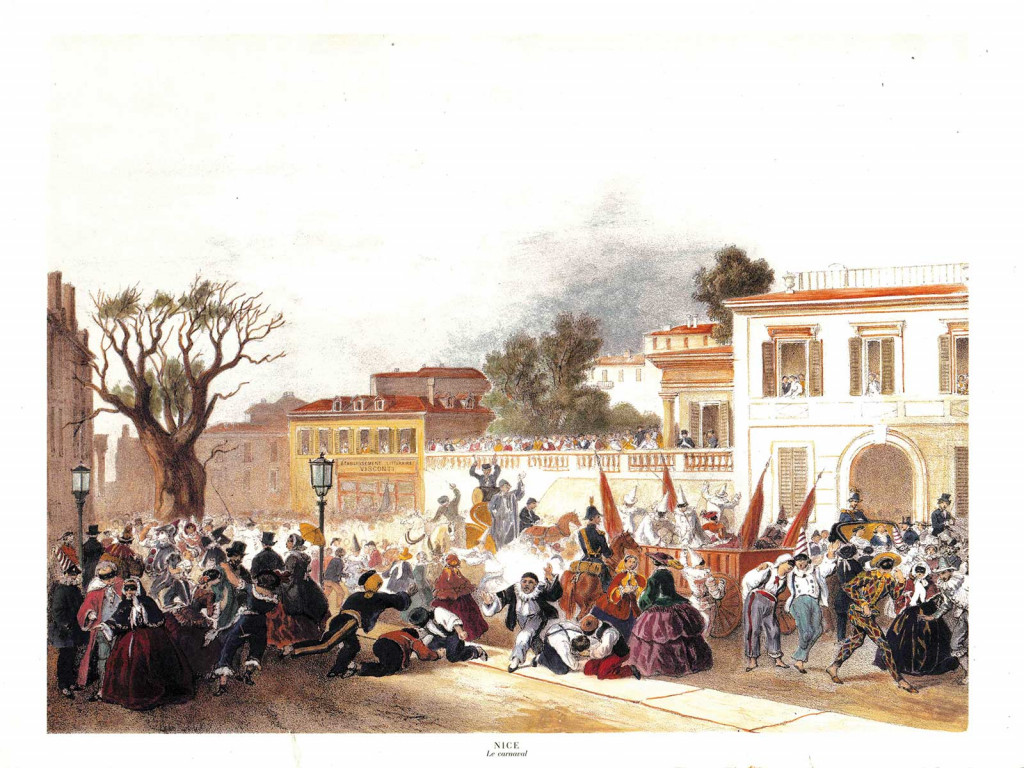
Best for families
The day-time shows are the best choices for families. The first – and the Anniversary Parade of the festival – takes place on Saturday 11th at 2.30pm. A series of afternoon Flower Parades that are around an hour-and-a-half in length are organised over the next fortnight.
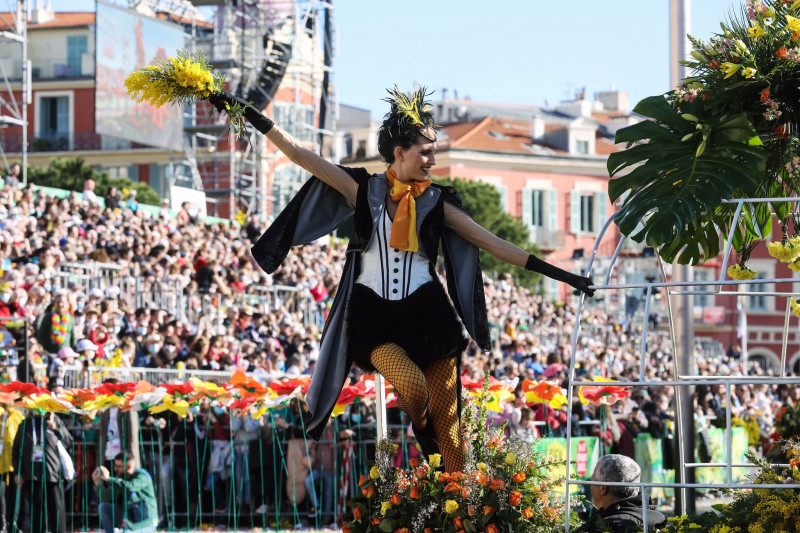
Evening shows
Also known as the Carnival Parade of Lights, you must try to make one of these night-time corsos, which are held at 8.30pm every Saturday and Tuesday during the carnival. This is a real sound-and-lights experience, with dance troupes leading the festooned procession around the Albert I Gardens near Place Masséna.
Lou Queernaval: France’s first gay carnival
Did you know that the Carnival of Nice holds the title of hosting the first gay carnival in France? This popular event was launched back in 2015 to promote the values of sharing and inclusion. It’s totally free to attend and is held in Place Masséna, featuring over 150 volunteers from the city’s LGBTQIA+ community. Click here for more information.
How to buy tickets to the Nice Carnival
Tickets can be purchased in-person at the ticket office on the Promenade du Paillon, near the mirrored water feature, everyday from 10am to 6pm. A separate ticket office on the Quai des Etats will be open several hours before each parade too. Online ticketing is also possible via the official website.
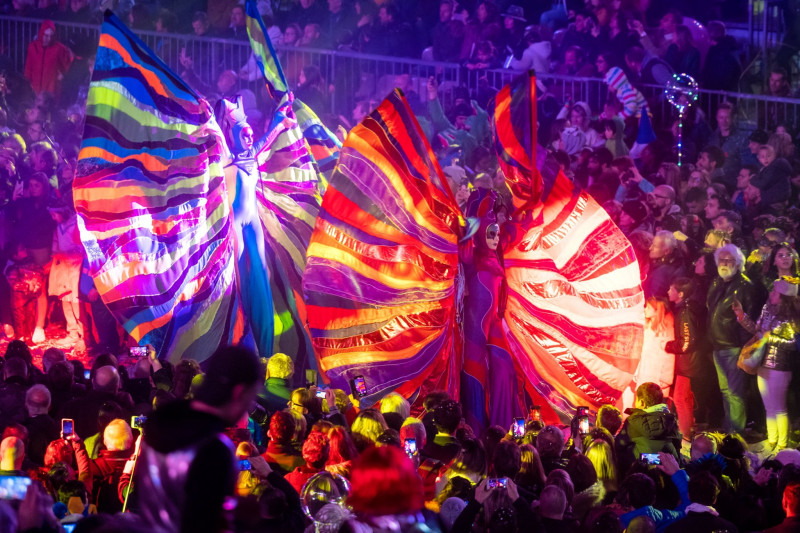
Sign up for the Monaco Life newsletter. For the latest news, follow us on Facebook, Twitter, and Instagram.
Photo source: Carnaval de Nice
